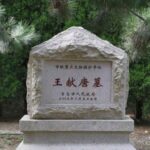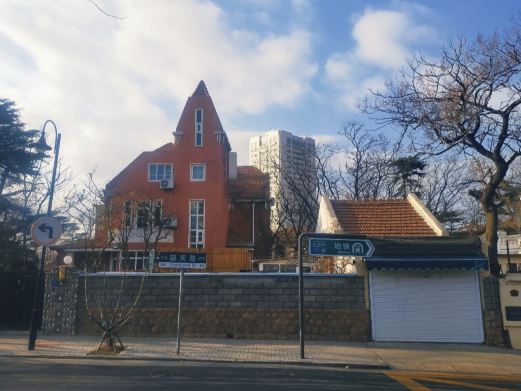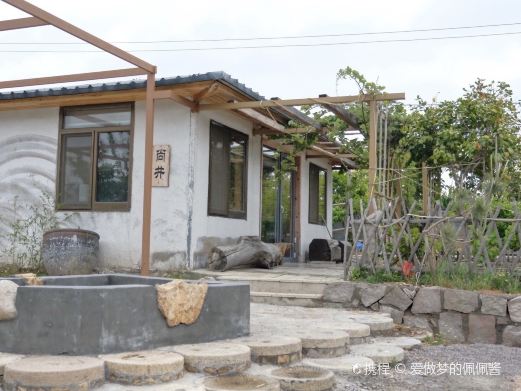The Soviet-Japanese Prison Museum is a historical site in Lushun, serving as a reminder of the Japanese invaders’ imprisonment and persecution of Chinese patriots and international anti-war activists. The museum features an intact and vast prison complex, including cells, torture devices, and execution grounds, symbolizing the humiliating history and warning citizens to remember national humiliation. Even in the height of summer, one can feel a chilling atmosphere within this former prison.
Constructed by the Russian Empire in 1902, the prison was occupied by Japan after the Russo-Japanese War and expanded by the Japanese. The grey brick buildings you see upon entering were built by the Russians in the early stages, while the extensive red brick structures are the result of later Japanese expansions. Visitors to the museum can follow the directional signs to tour the premises in order, viewing areas such as the inspection room, eastern cells, dark cells, interrogation rooms, western cells, the triangular area between Chinese and Western cells, the north gate, and the execution ground. There are also special exhibitions on ‘Modern War Relics’ and ‘Modern Inscriptions’. The front half of the prison primarily consists of cells and interrogation rooms, where one can see the harsh conditions in which prisoners were held and various torture devices on display. Thousands of anti-war activists from China, Korea, Japan, and the former Soviet Union were imprisoned here, with the majority being Chinese. Notably, the Korean patriot Ahn Joong-geun was imprisoned and killed here, which is why many Korean tourists visit the site. The back half of the prison houses more than a dozen factory buildings where the Japanese forced prisoners to produce military supplies and daily necessities. Here, you will see towering red brick walls topped with barbed wire and watchtowers. In the corner of the wall, there is an execution room displaying a gallows and a bucket for bones, which leaves a heavy impression on visitors. Between 1942 and 1945, more than 700 people were tortured to death here, earning the prison the moniker ‘the Auschwitz of the East’. The museum is open Tuesday to Sunday from 09:00 to 16:30 all year round; closed all day on Mondays; and open from 09:00 to 16:30 on New Year’s Day, Spring Festival, Qingming Festival, Labor Day, Dragon Boat Festival, Mid-Autumn Festival, and National Day.Soviet-Japanese Prison Museum
The Soviet-Japanese Prison Museum is a historical site in Lushun, serving as a reminder of the Japan[...]









